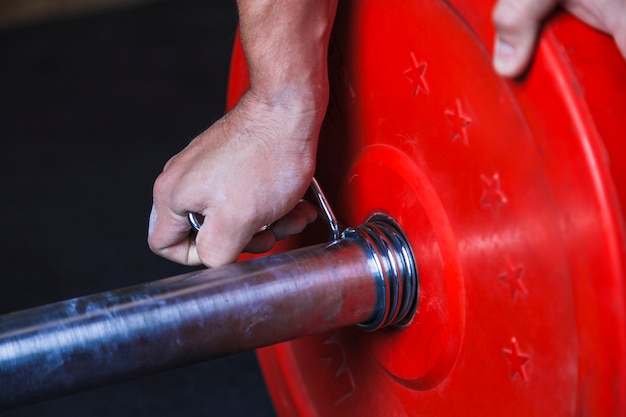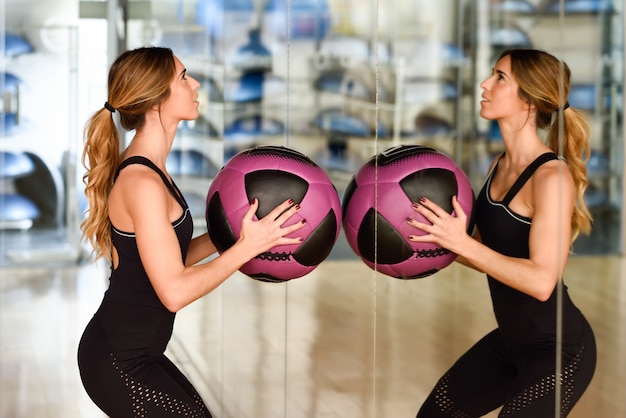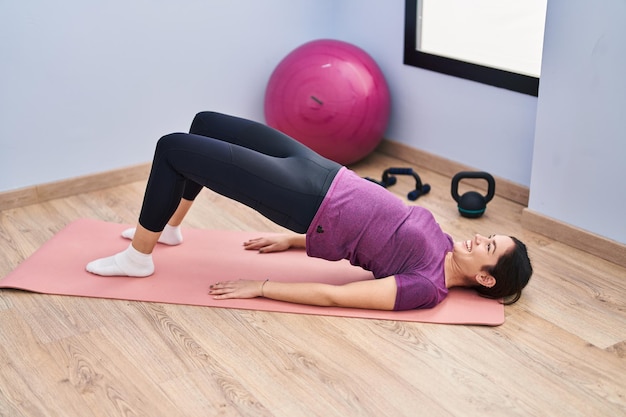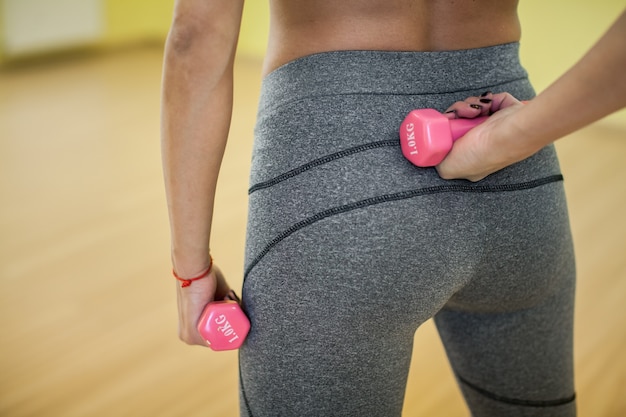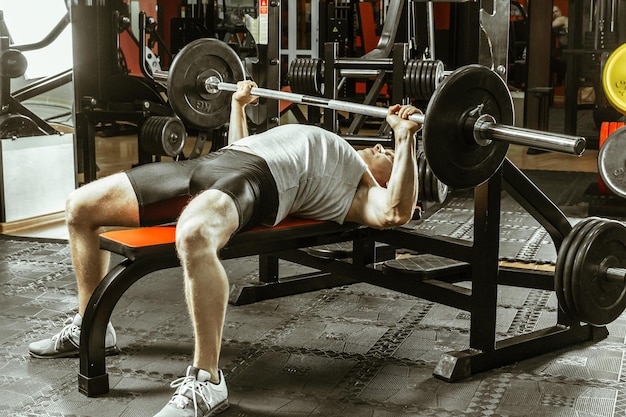30 Safe & Effective Dumbbell Exercises for Building Strength with Hypertension
Strength training is a powerful tool for improving overall health, especially for individuals managing hypertension. When done correctly, dumbbell workouts can enhance muscle strength, support cardiovascular function, and help regulate blood pressure. This guide outlines 30 practical, low-impact dumbbell routines tailored for people with high blood pressure, complete with weekly targets, safety tips, and expert-backed guidance.
Why Strength Training Matters for Hypertension
Regular resistance training has been shown to reduce systolic and diastolic blood pressure by improving vascular function and reducing arterial stiffness. Unlike heavy lifting or explosive movements, controlled dumbbell exercises offer a safer way to build strength without spiking blood pressure dangerously.
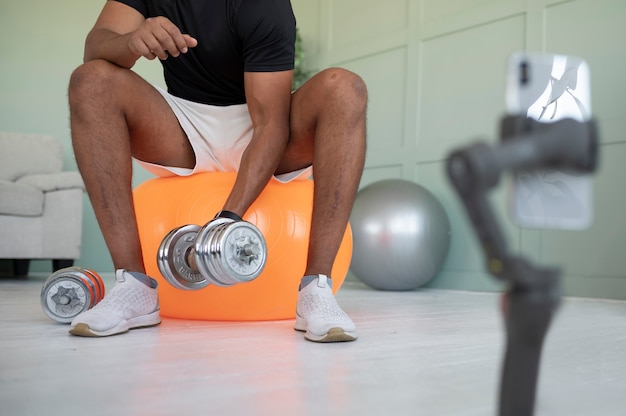
Key Safety Guidelines
- Avoid holding your breath—exhale during exertion (the 'lift'), inhale during release.
- Use light to moderate weights; focus on form over load.
- Perform exercises at a controlled pace—no jerking or rapid movements.
- Warm up for 5–10 minutes with light cardio (e.g., walking or marching).
- Stop immediately if you feel dizziness, chest pain, or excessive shortness of breath.
- Monitor blood pressure before and after workouts if possible.
Weekly Strength Training Targets
The American Heart Association recommends at least two non-consecutive days of moderate resistance training per week. For those with hypertension, consistency and safety are more important than intensity.
- Frequency: 2–3 days per week
- Reps: 10–15 per set
- Sets: 1–2 per exercise
- Rest: 60–90 seconds between sets
- Progression: Increase weight only when 15 reps feel easy for two consecutive sessions
30 Dumbbell Exercises for Hypertension-Friendly Strength
- Seated Dumbbell Press – Builds shoulder strength with back support.
- Wall Push-Ups with Dumbbells – Low-impact chest activation.
- Standing Dumbbell Rows – Strengthens upper back with minimal strain.
- Seated Shoulder Fly – Gentle lateral movement for shoulder endurance.
- Bicep Curls (Standing or Seated) – Controlled arm flexion.
- Triceps Extension (One-Arm, Seated) – Isolates back of arms safely.
- Goblet Squat with Dumbbell – Leg strength with front-weight balance.
- Step-Ups with Dumbbells – Functional leg training using stairs or a low platform.
- Standing Calf Raises – Simple lower leg toning.
- Seated Knee Extensions – Isometric quad strengthening.
- Dumbbell Deadlift (Light Weight) – Hamstring and glute focus with proper form.
- Farmer’s Carry (Light Dumbbells) – Core and grip endurance.
- Standing Palms-In Press – Reduces shoulder strain.
- Seated Wrist Curls – Improves grip and forearm circulation.
- Overhead Press (Light, Controlled) – Builds shoulder stability.
- Side-Lying Dumbbell Raise – Low-impact shoulder mobility.
- Wall Angels with Light Dumbbells – Posture and upper back health.
<18>Standing Chest Press (Against Wall) – Minimal joint stress.
- Seated Bicep Hammer Curl – Engages forearm and bicep equally.
- Standing Reverse Fly – Targets rear delts and posture muscles.
- Seated Overhead Triceps Press – Safe elbow extension.
- Standing Pallof Press (with Dumbbell) – Core anti-rotation move.
- Glute Bridge with Dumbbell on Hips – Activates posterior chain gently.
- Seated Marching with Dumbbells – Core and hip flexor engagement.
- Standing Woodchop (Light Dumbbell) – Rotational core strength.
- One-Arm Row with Bench Support – Stabilized back training.
- Seated Lateral Raise – Controlled shoulder abduction.
- Standing Forearm Curl – Improves grip and circulation.
- Wall Sit with Dumbbells at Sides – Isometric leg endurance.
- Seated Overhead Reach – Mobility and light shoulder activation.
Tips for Success
- Start with 2–3 lb (1–1.5 kg) dumbbells and gradually increase.
- Use a chair or wall for balance during standing moves.
- Pair workouts with deep breathing to support blood pressure control.
- Stay hydrated before, during, and after exercise.
- Track your progress in a journal or app to stay motivated.
When to Avoid Exercise
Do not perform strength training if your resting blood pressure is above 180/110 mmHg. Consult your healthcare provider before starting any new fitness routine, especially if you have other cardiovascular conditions.
By integrating these safe, effective dumbbell exercises into your weekly routine, you can build strength, improve circulation, and support long-term heart health—all while managing hypertension responsibly.







